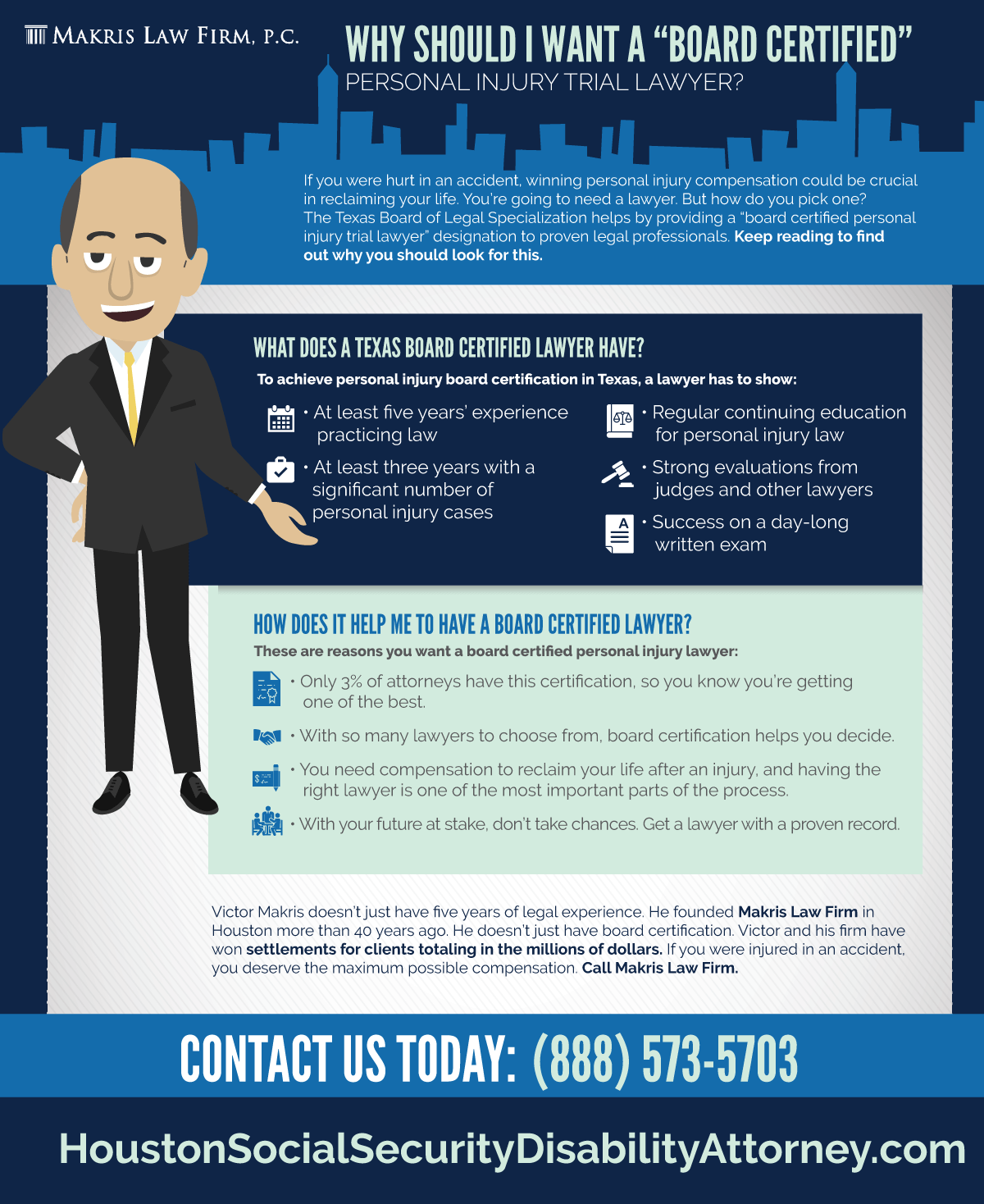A Review Of The Criminal Test Refine: An In-Depth Step-By-Step Overview
A Review Of The Criminal Test Refine: An In-Depth Step-By-Step Overview
Blog Article
Web Content Written By-McLean Therkildsen
When you step into a criminal trial, you may be stunned by the structured procedure that unfolds. It all begins with jury selection, where potential jurors are inspected for biases via a technique called "voir dire." Afterwards, both sides offer their opening declarations, setting the stage for the proof and testimonies to follow. You'll see just how the prosecution and protection build their situations, however what happens next can dramatically influence the result. Understanding these stages can expose the intricacies of justice, but there's more to discover regarding the critical moments that adhere to.
Court Option Process
When it concerns the court selection procedure, you're diving into an important stage of a criminal test. This process, usually called "voir dire," includes wondering about prospective jurors to guarantee they're unbiased and efficient in delivering a reasonable decision.
You'll see both the prosecution and defense attorneys participating actively, each intending to choose jurors who align with their instance's narrative.
During voir dire, you'll see that lawyers ask concerns regarding jurors' backgrounds, ideas, and experiences. https://docs.google.com/spreadsheets/d/1iDiLLXdUx9GJ-MMQdgrpwGA6irKBasfS3tB9gNTFwvM/edit#gid=1335481715 is to recognize any pre-existing biases that can influence a juror's choice. As a juror, you could feel a mix of nervousness and inquisitiveness, but your honesty is important.
After examining, linked internet page can test particular jurors for cause if they think a juror can not continue to be impartial. They can additionally make use of a limited number of peremptory difficulties to reject jurors without stating a reason.
Trial Phases Explained
The stages of a criminal trial play a crucial function in making certain a reasonable and structured process.
https://www.nytimes.com/live/2021/11/05/us/ahmaud-arbery-shooting-trial 'll first run into the opening declarations, where both the prosecution and defense outline their cases. This establishes the stage of what's to come.
Next, the prosecution presents its proof and witnesses, aiming to show the offender's sense of guilt past a reasonable uncertainty. You'll see direct exam followed by interrogation, allowing both sides to challenge the here and now details.
After the prosecution relaxes its instance, it's the defense's turn. They'll provide their evidence and witnesses, often focusing on developing reasonable question. You'll discover that the defense doesn't have to verify virtue; they just need to test the prosecution's case.
Once both sides have actually offered their disagreements, you'll hear shutting statements, where each party summarizes their situation. This is important as it enhances their settings before the court deliberates.
Throughout these phases, the judge ensures that the test adheres to lawful criteria and that the legal rights of both celebrations are secured.
Recognizing these phases will aid you appreciate the complexities involved in a criminal test and the value of each step in the search of justice.
Judgment and Sentencing
After all evidence has existed and arguments made, the jury or judge delivers a judgment, determining the defendant's guilt or innocence. If you're part of the court, you'll deliberate with your other jurors, talking about the proof and your impressions. This procedure can take time, as you'll wish to make certain everybody agrees on the decision based upon the facts.
Once a verdict is reached, it's announced in court. If the offender is condemned, the next phase is sentencing. This is when the judge determines the appropriate punishment. You may see that numerous factors influence the sentence, such as the seriousness of the crime, the offender's previous record, and any type of mitigating scenarios.
The judge may enforce a variety of sentences, from penalties and social work to imprisonment. Occasionally, the protection or prosecution can provide disagreements pertaining to sentencing, trying to sway the court's choice.
If the defendant is found not guilty, they're acquitted, and no punishment follows. Keep in mind that a guilty decision can often lead to appeals, where the accused might challenge the judgment or the sentence imposed.
Verdict
In a criminal test, you have actually seen how vital each step is, from court selection to the last verdict. You have actually followed the prosecution and defense as they build their situations, aiming to encourage the jury. When consideration completes, the judgment identifies the outcome, and if the offender is condemned, the sentencing phase begins. Understanding these processes aids you appreciate the complexities of the justice system and the relevance of each role in ensuring a fair trial.
